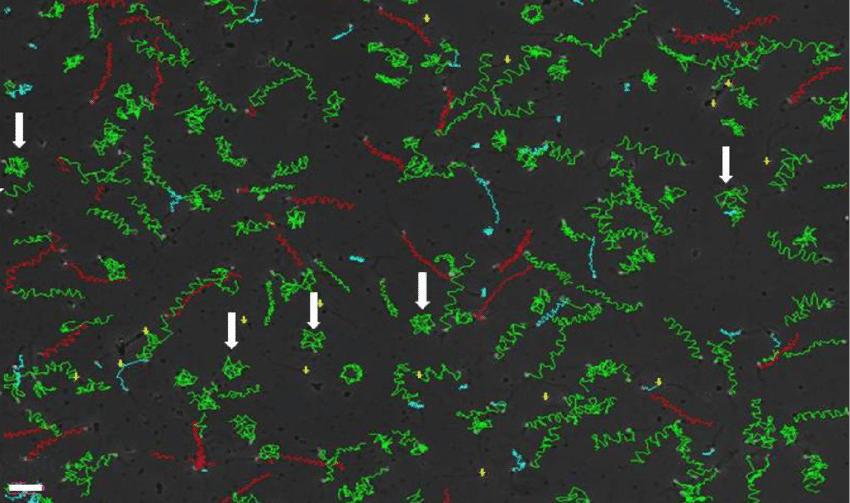
Furthermore, frequently the outcome of different types of artificial reproduction procedures was used as an end-point, making the results of more limited relevance for the naturally achieved pregnancies. On the other hand, the percentage of couples with unexplained infertility, which may also be caused by a female factor, is quite significant and men with normal semen parameters may be rather underrepresented. In such studies the most obvious cases of female infertility, including tubular occlusion or anovulation, can be exlcluded. However, those studies have often been based on couples recruited from infertility clinics. Several studies have addressed the issue of CASA parameters as predictors of male fertility ( Aitken et al., 1984 Barratt et al., 1993 Irvine et al., 1994 Paston et al., 1994 Krause, 1995). Parallel with attempts to improve the technical performance of CASA systems, it is important to investigate the biological relevance of CASA parameters in the context of prediction of male fertility potential, a knowledge which is of crucial importance for understanding the biology of fertilization and also for diagnosis and treatment of male infertility. Furthermore, the classification into motile and immotile spermatozoa can be based on well-defined velocity thresholds. By use of CASA several specific motility parameters describing the movements of spermatozoa in a more detailed manner can be obtained.


In an attempt to make the assessments of semen quality more objective and detailed, tools for computer-assisted semen analysis (CASA) have been developed. Furthermore, the World Health Organization classification for sperm motility defines only four categories (WHO, 1992), as a more detailed description of sperm movements is not possible without use of special equipment. Standard semen analysis is a rather subjective technique and associated with large inter-laboratory variation ( Jørgensen et al., 1997), which makes it virtually impossible to compare sperm motility assessments performed by different laboratories. This appears to be the first study showing the value of CASA in prediction of fertility in the general male population.Ĭomputer-assisted semen analysis, male fertility, semen quality, sperm concentration Introduction In conclusion, these parameters obtained by CASA measurements can be used for prediction of fertility potential in normal men. In a multivariate analysis ln(sperm concentration) (β = 0.268, RR = 1.307, P = 0.0016) and percentage motile spermatozoa (β = 0.010, RR = 1.010, P = 0.011) but even more significantly the combined parameter, ln(concentration of motile spermatozoa) (β = 0.329, RR = 1.389, P = 0.0001), were the only parameters of predictive value for fertility of men in the general population. In univariate models ln(sperm concentration), ln(total sperm count) (β = 0.252, RR = 1.286, P = 0.0007) and percentage motile spermatozoa (β = 0.014, RR = 1.014, P = 0.0004) were most significant predictors for fertility. Correlation between CASA parameters and fertility of normal couples (measured as probability of achieving pregancy) was examined by the Cox regression model. Probably due to this function, the concentration assessment made by CRISMAS was very close to that made by the technician (median difference <5%) in all concentration ranges.

This system has an editing function which allows correction of tracks made by the computer.

A recently developed CASA system, Copenhagen Rigshospitalet Image house sperm Motility Analysis System (CRISMAS) was used for assessment of motility parameters. In a prospective study with couples stopping use of contraception in order to try to conceive, CASA was performed on semen samples from 358 men. The predictive value of sperm motility parameters obtained by computer-assisted semen analysis (CASA) was evaluated for the fertility of men from general population.


 0 kommentar(er)
0 kommentar(er)
